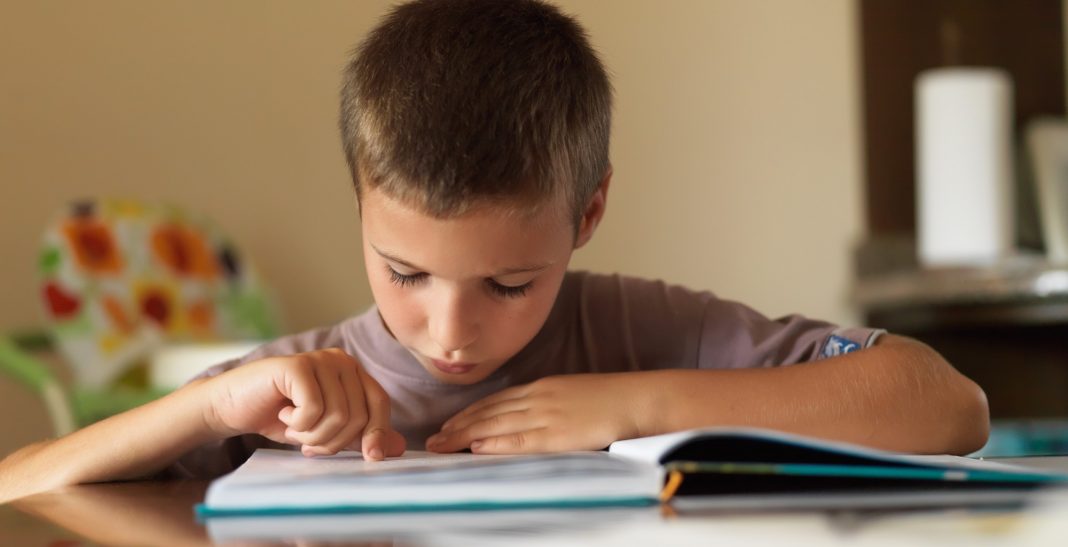Functional vision is the ability to physically and mentally react to what is seen. Behavioural optometrist Gary Rodney says that 80% of people’s information is received via the eyes.
 Therefore, the lack of functionality can affect how children learn to read, write, study drive, or play sport and sometimes even make it difficult for them to recognise people in a crowd.
Therefore, the lack of functionality can affect how children learn to read, write, study drive, or play sport and sometimes even make it difficult for them to recognise people in a crowd.
These types of concerns can lead to loss of self-esteem and failure to understand the space and world they’re in, and how to live in it.
Mr Rodney says that children are the most vulnerable to poor functional vision and experience the effects of it more so than others.
This is because every day they are faced with learning new things, 80% of which call for good functional vision skills. However, one of four of them don’t have the necessary skills to do so.
Often these skills are overlooked, says Mr Rodney, as people mistake it for bad behaviour, poor performance or attributed to learning disorders.
How can vision function correctly?
The eyes act as receptors of data on what is seen; the brain receives this from each eye separately via pathways and processes and combines both reports into one relevant image.
However, this only occurs when both sets of the data is the same.
To ensure the necessary match is made involves good coordination between the eyes that allows both eyes to focus on and follow a moving object like a ball on a sports field.
Both eyes should also be able to shift back and forth between objects in the distance and those close-up without losing clarity when assimilating or copying information that’s on a board or screen.
Spotting functional vision problems in children
To help identify if a child has functional vision problems, there are a number of factors that can be noted:
- Children may get confused between their left and right sides.
- Twist or turn their heads from side to side, instead of moving their eyes to follow text across a page.
- Squint or close one eye when looking at a book or screen.
- Hold books or objects very close to their face.
- Lose their place when reading or copying work.
- Use a finger to guide them.
- Forget what they have just read.
- Confuse letters like ‘d’ and ‘b’.
- Skip words.
- Battle with handwriting.
For more information on Eyes in Design Mosman visit smartvisionoptometry.com.au.







